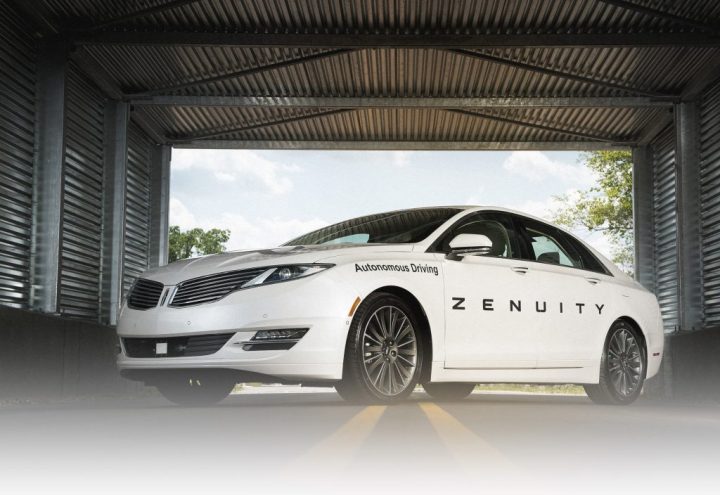
The hope is that Zenuity Connected Roadview will provide cars with a more complete picture of local road geometry, which could aid in smoother braking when taking a turn, or continued steering assistance even in the absence of lane markers. TomTom’s HD Map already boasts quite comprehensive coverage of the United States, Western Europe, and Japan. Indeed, the company has mapped more than 236,000 miles across these three regions to date, and as such, its partnership with Zenuity should be a fruitful one. All map data will be streamed to Zenuity Connected Roadview via TomTom AutoStream, a new map delivery service for autonomous driving and advanced driver assistance systems that made its debut at CES this year.
“We’re committed to working with smart partners like Zenuity who share our vision to accelerate the future of driving,” said Willem Strijbosch, TomTom’s head of autonomous driving. “This collaboration proves the value of the TomTom HD Map and TomTom AutoStream as critical components for autonomous vehicles.”
Zenuity’s first driver assistance products should be available for sale by next year, and autonomous driving technologies may follow soon after.
“We determined early on that working closely with an experienced partner like TomTom is key for us in making ADAS/AD real,” said Zenuity CEO Dennis Nobelius. “TomTom holds ideal knowledge and technology for our autonomous driving software offers and, just as important, TomTom shares our commitment to safety that is paramount to the autonomous driving experience. Together, we will lead the industry with innovative solutions for all OEMs.”


